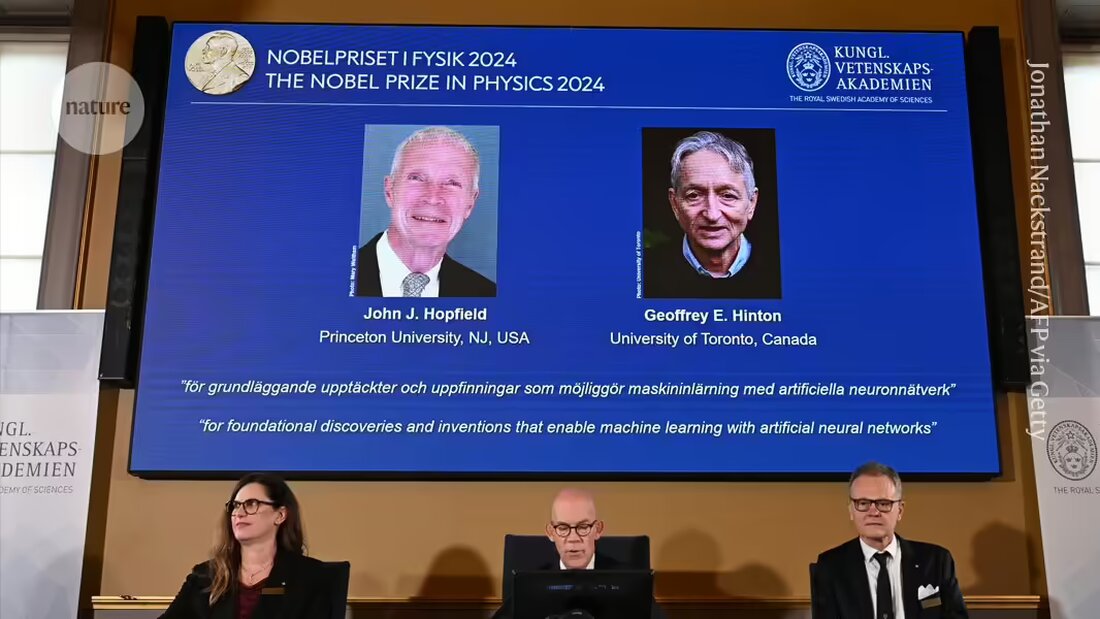Machine learning pioneers win Nobel Prize in Physics
John Hopfield and Geoffrey Hinton win the 2024 Nobel Prize in Physics for their contributions to machine intelligence and AI.

Machine learning pioneers win Nobel Prize in Physics
Two researchers who... Machine learning methods have developed that of today Boom in artificial intelligence (AI) underlying, were awarded the Nobel Prize in Physics 2024.
John Hopfield of Princeton University in New Jersey and Geoffrey Hinton of the University of Toronto, Canada, share the 11 million Swedish kroner ($1 million) prize, announced Oct. 8 by the Royal Swedish Academy of Sciences in Stockholm.
Both used physical tools to develop methods that artificial neural networks that use brain-inspired, layered structures to learn abstract concepts. Their discoveries "form the building blocks of machine learning that can help people make faster and more confident decisions," said Ellen Moons, chair of the Nobel Committee and a physicist at Karlstad University, Sweden, during the announcement. “Artificial neural networks have been used to advance research in various physics topics, from particle physics to materials science to astrophysics.”
In 1982, Hopfield, a theoretical biologist with a background in physics, developed a network that described the connections between nodes as physical forces 1. By storing patterns as a low-power state of the network, the system could restore the image when confronted with a similar pattern. It became known as associative memory because it resembles the brain trying to remember a rarely used word or concept.
Hinton, a computer scientist, later used principles from statistical physics used to collectively describe systems composed of too many individual parts to further develop “Hopfield networks.” By incorporating probabilities into a layered version of the network, he created a tool capable of recognizing and classifying images or generating new examples of the type it was trained on 2.
These processes differed from previous calculations because the networks were able to learn from examples, including unstructured data, which is challenging for traditional software based on step-by-step calculations.
The networks are “generously idealized models that are as different from real biological neural networks as apples are from planets,” Hinton wrote in 2000 in Nature. But they have proven useful and have been widely developed. Neural networks that mimic human learning form the basis of many advanced AI tools, from large language models (LLMs) to machine learning algorithms capable of analyzing large amounts of data, including the Protein structure prediction model AlphaFold.
In a telephone conversation making the announcement, Hinton said it was "a bolt from the blue" when he learned of his Nobel Prize. "I'm amazed, I had no idea this was going to happen," he said. He added that advances in machine learning "will have a huge impact; it will be comparable to the Industrial Revolution. But instead of surpassing humans in physical strength, it will surpass humans in intellectual ability."
-
Hopfield, J.J., Proc. Natl. Acad. Sci. USA 79, 2554 (1982).
-
Fahlman, S.E., Hinton, G.E. and Sejnowski, T.J. Proceedings of the AAAI-83 conference, pp. 109-113 (1983).

 Suche
Suche
 Mein Konto
Mein Konto
